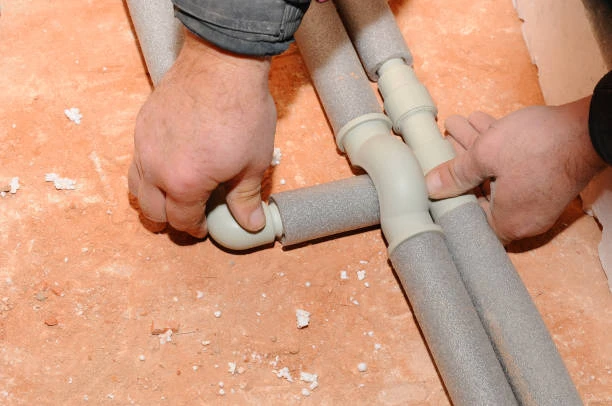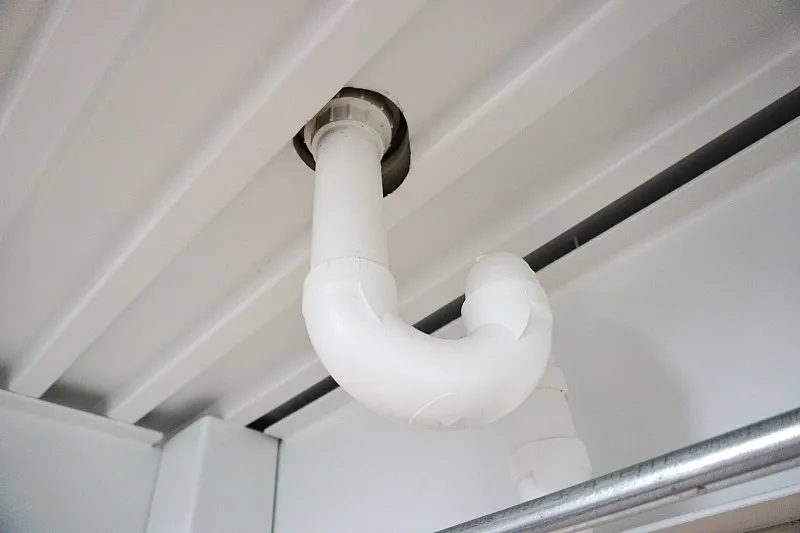Analysts expect the fiber reinforced plastic (FRP) pipe market to experience significant growth, projecting it could reach US$ 43.33 billion by the end of 2031. This growth results from the increasing demand for lightweight, durable, and corrosion-resistant materials across various industries. In this article, we will delve into the characteristics of plastic pipe, their applications, market drivers, challenges, and future prospects.
Understanding Plastic Pipes
Plastic pipe, particularly those made from fiber reinforced plastic, combine the advantages of both plastic and reinforcing fibers. This hybrid construction enhances strength and durability, making them suitable for a wide range of applications.
Key Characteristics of Plastic Pipes
- Lightweight: Compared to traditional materials like steel or concrete, plastic pipes are significantly lighter, making them easier to transport and install.
- Corrosion Resistance: Plastic pipe are inherently resistant to corrosion, which extends their lifespan and reduces maintenance costs.
- Chemical Resistance: These pipes can withstand various chemicals, making them ideal for industrial applications.
- Flexibility: The flexibility of plastic pipe allows for easier installation and adaptability in various environments.
- Cost-Effectiveness: Plastic pipe often have lower material and installation costs compared to traditional piping options.
Applications of Plastic Pipes
Plastic pipes find applications across multiple sectors, contributing to their market growth. Here are some of the key industries utilizing plastic pipes:
1. Water Supply and Distribution
Plastic pipes are extensively used in municipal water supply systems due to their corrosion resistance and durability. They are ideal for both potable water and wastewater applications.
2. Oil and Gas
In the oil and gas industry, plastic pipes are used for transporting hydrocarbons and other fluids. Their lightweight and corrosion-resistant properties make them suitable for challenging environments.
3. Agriculture
Plastic pipes are widely utilized in agricultural irrigation systems. Their flexibility and resistance to chemicals help in efficient water distribution and nutrient delivery.
4. Construction
In the construction sector, plastic pipe are used for plumbing and drainage systems. Their lightweight nature simplifies installation, reducing labor costs.
5. Industrial Applications
Many industries, including chemical processing and manufacturing, use plastic pipe for fluid transportation and processing due to their chemical resistance.

Market Drivers for Plastic Pipes
The growth of the fiber reinforced plastic pipe market is driven by several factors:
1. Infrastructure Development
Increasing investments in infrastructure development, particularly in emerging economies, are driving demand for plastic pipe. Governments are focusing on upgrading water supply systems, sanitation, and irrigation.
2. Environmental Regulations
Stricter environmental regulations are encouraging industries to adopt sustainable materials. Plastic pipe, being lightweight and recyclable, align well with these regulations.
3. Technological Advancements
Innovations in manufacturing techniques and materials are improving the quality and performance of plastic pipe. Advancements such as better fiber reinforcement have enhanced the durability and application range of these pipes.
4. Rising Demand for Water
As global water demand increases due to population growth and urbanization, the need for efficient water supply and distribution systems is driving the adoption of plastic pipes.
5. Cost-Effectiveness
The lower cost of plastic pipe compared to traditional materials makes them an attractive option for many applications, further fueling market growth.
Challenges Facing the Plastic Pipes Market
While the outlook for the plastic pipes market is positive, several challenges need to be addressed:
1. Market Competition
The market is highly competitive, with numerous manufacturers offering similar products. Companies must differentiate themselves through innovation and quality.
2. Regulatory Hurdles
Compliance with various regulations and standards can pose challenges for manufacturers. Ensuring product quality while meeting these regulations is essential.
3. Environmental Concerns
Although plastic pipe are often more sustainable than traditional materials, concerns about plastic waste and pollution persist. Manufacturers are encouraged to adopt recycling initiatives and sustainable practices.
4. Technological Limitations
While advancements in technology are driving growth, limitations in certain manufacturing processes can affect product quality and consistency.
Future Outlook for Plastic Pipes
The future of the fiber reinforced plastic pipes market looks promising, with several trends expected to shape its trajectory:
1. Increased Adoption of Smart Technologies
The integration of smart technologies in pipe systems is expected to enhance monitoring, maintenance, and operational efficiency. Smart pipes equipped with sensors can provide real-time data on flow rates, pressure, and potential leaks.
2. Sustainability Initiatives
As environmental concerns continue to grow, manufacturers will likely focus on sustainability initiatives. This includes using recycled materials and developing biodegradable options to minimize environmental impact.
3. Expansion in Emerging Markets
Emerging economies are expected to witness significant growth in plastic pipe adoption due to urbanization and infrastructure development. Manufacturers may target these markets for expansion opportunities.
4. Innovations in Material Science
Ongoing research in material science will lead to the development of even more advanced plastic pipe materials, enhancing performance and expanding application possibilities.
5. Collaborative Partnerships
Collaborations between manufacturers, researchers, and regulatory bodies can drive innovation and improve industry standards, benefiting the overall market.
Conclusion
Analysts project that the fiber reinforced plastic pipes market will experience substantial growth, potentially reaching US$ 43.33 billion by 2031. With their numerous advantages, including lightweight construction, corrosion resistance, and cost-effectiveness, plastic pipes are becoming increasingly integral to various industries. While challenges remain, the future looks bright, driven by technological advancements, sustainability initiatives, and growing demand across sectors.
FAQs
- What are fiber reinforced plastic pipe? Manufacturers create fiber reinforced plastic pipes by reinforcing plastic materials with fibers to enhance strength and durability.
- What industries use plastic pipe? Industries use plastic pipes in water supply, oil and gas, agriculture, construction, and various industrial applications.
- What factors are driving the growth of the plastic pipe market? Key drivers include infrastructure development, environmental regulations, technological advancements, rising water demand, and cost-effectiveness.
- What challenges does the plastic pipe market face? Challenges include market competition, regulatory hurdles, environmental concerns, and technological limitations.
- What does the future hold for plastic pipe? The future includes increased adoption of smart technologies, sustainability initiatives, expansion in emerging markets, innovations in materials, and collaborative partnerships.


















